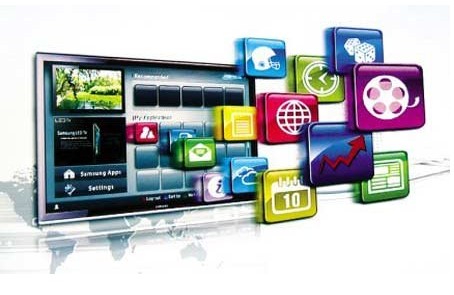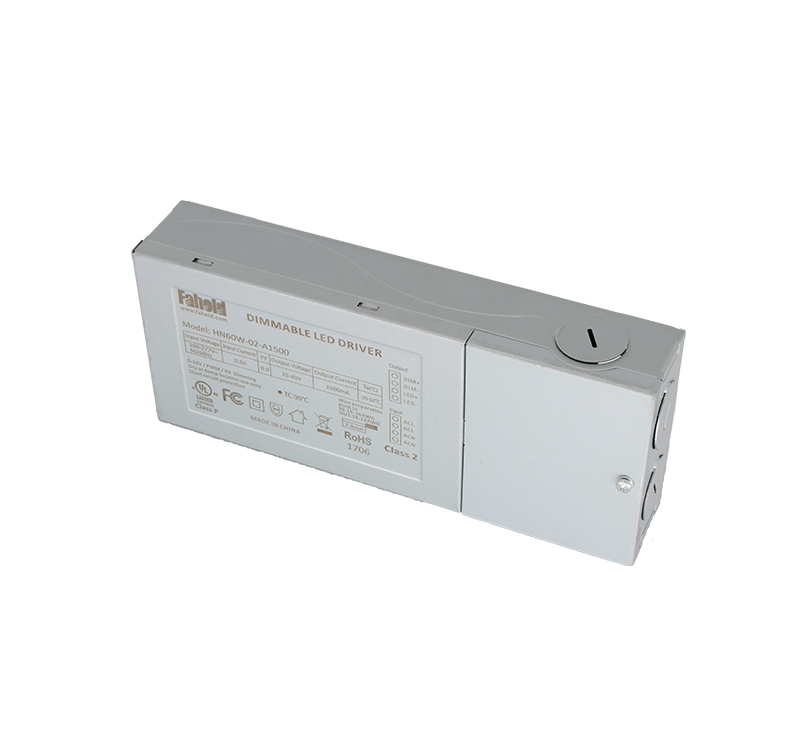Every player who enters the market strives to show the friendliness of breaking through the ecological chain, but the industry believes that regardless of the form of cooperation, the key point of Internet TV is whether it can effectively provide services to customers, whether the product is stable enough, and UI (user interface) Not easy to operate. Judging from the several products that have been released, the industry believes that there is still much to be done in terms of UI design and improvement.
Regardless of the form of cooperation, the key point of Internet TV is whether the product is stable and the UI (user interface) is easy to operate, and the switching between on-demand functions and cable TV is also a huge challenge for the Internet TV industry.

Smart past gimmicks in the past
Nowadays, without the addition of "smart" or "Internet" similar gimmicks, it is estimated that they are embarrassed to mix in the TV industry. Although the domestic smart TV industry has been mentioned for a long time, the distance between people and the living room has not been shortened by the "smartness" of the TV. where is the problem?
From the user's perspective, smart TV's current complex operating system and lack of content is one of the reasons why smart TV has not developed. According to an investor who didn't disclose his name, many users are still used to watching traditional TV. One of the important reasons is that the traditional TV's UI is not complicated and has few functions. If the smart TV can really make the user very easy to operate, and has rich resources to enjoy, it will naturally have lethality.
Zhuo Saijun, a senior analyst at Analysys think tank, analyzed from an industry perspective. He said: "In the past few years, the development of smart TV has basically been driven by the color TV industry because there are still many strong brands in the color TV industry. Everyone The stalemate of the competitive relationship has made the industry develop more slowly. "Zhuo Saijun analyzed that, instead of stalemate, the bosses of these companies simply chose to cooperate with video sites such as iQiyi, so that they can complement each other in resources. Let's cut this piece of cake together to promote the development of this TV industry.
Now both hard and soft are combined
Against this background, since September, many manufacturers have gathered to launch smart TVs or Internet TVs. It can be seen that these companies have also chosen to break through industry barriers and combine hardware and software manufacturers; or, like Xiaomi TV, they have stepped on the rhythm of "triathlon" and decorated the triangle, singled out "hardware, software and mobile Internet". .
As the saying goes, the art industry specializes. T CL Vice President and Multimedia CEO Hao Yi analyzed the reasons for cooperation with iQiyi to break through industry barriers at the TV + press conference. He believes that hardware manufacturers focus on more extreme hardware and services, while Internet companies focus more on content and corresponding software. Gong Yu, founder of iQiyi, believes that according to changes in user behavior habits, video sites have shifted from the video market focused on mobile terminals two years ago to the market for Internet TV, so iQiyi will not give up this Piece of cake.
In addition, service cooperation is also an important factor in opening up inter-industry cooperation. Hao Yi believes that service is the established business of color TV manufacturers and the most important link in the closed loop of consumers throughout the experience. This is also the inherent advantage of traditional enterprises.
From these cooperations, it is not difficult to see that hardware vendors who are good at hardware and services, plus Internet companies that are good at content, coupled with these upstream core components and front-end sales channels, can completely open up a very strong ecosystem. This low-risk, low-cost model has been called a "light model" by many in the industry. Zhuo Saijun analyzes that in all aspects of the color TV industry industry chain, whether it is an upstream panel manufacturer, terminal manufacturer or downstream channel supplier, they are all docking and contacting, so it is an inevitable trend to open up.
Looking back at the "Lei Jun" triathlon strategy, first of all, it is to bring relatively high-end, low-cost hardware products to the market, so that users feel the temptation of cost performance. Second, improve the experience through software and services, such as the Xiaomi application store, etc., to exceed customer psychological expectations. Finally, cut the cost of traditional brick-and-mortar stores through Internet direct sales to support the overall low-price strategy. It can be seen that Xiaomi TV tries to transplant the advantages of being a mobile phone to the TV. The hardware directly cooperates with upstream suppliers and sells itself, completely bypassing the traditional TV.
In terms of profitability, Gong Yu of iQiyi was straightforward at the TV + press conference. He believes: "Traditional industries will not do things that are not profitable." How can the profit distribution be completed in this cooperation? It is understood that T CL makes money through hardware, while iQiyi continues the Internet profit model and makes money through advertising. At the same time, T CL pays a certain fee to iQiyi's technology and content support. In terms of profitability, Xiaomi TV initially sells at a near-cost price of 2,999 yuan. In the future, it will be diluted through scaled-up costs, and even make money through value-added services and derivative income. Lei Jun once admitted that if TV shipments are not large enough, Xiaomi may lose money.
User interface to be improved
There have been many cases of Internet companies launching mobile phones before, but few successful ones. What lessons can this bring to the TV field?
The above-mentioned investors who did not wish to be named are very simple. He believes that although there are many cases of failure of Internet companies involved in the mobile phone industry, mobile phones are more complicated than TVs. In general, there are still opportunities in the TV industry and this market is sufficient big.
The mode of combining software and hardware has been affirmed by many people in the industry, saying that this mode is worth learning by many companies. What difficulties and risks will it face? Investors believe that the most critical thing is whether they have the executive power to effectively serve customers, whether the product is stable enough, and whether the UI is easy to operate.
Gong Yu believes that switching between on-demand and cable TV is a huge challenge for the Internet TV industry. Because of current technical constraints, user behavior habits, and national policies, live Internet TV cannot have a signal, and even if there is a signal, it is not as good as cable transmission. Switching between this interface is industry-wide A big problem.
Zhuo Saijun believes that no matter what kind of cooperation and access, the biggest problem is the positioning of users. First of all, we must position our core user groups and seize the core needs of users. Zhuo Saijun analyzed that from the perspective of the product, the TV is a product commonly used by families, and has the advantages and disadvantages of "non-mobile". The immovability determines that it is stable, but it also determines that it is limited by location and area. When writing about TV, you should develop the value it actually generates for users. If you simply like what you like or transplant games on your mobile phone to TV, it is impossible to attract users.
High PFC Junction Box Led Driver(UL Cert.)
A High PFC and rugged Iron enclosure that complies with electrical codes requiring junction boxes to separate household and low voltage wiring.
With the increasing demands for safety levels, and then the North American market does not allow the wiring to be exposed, so the production of Junction box Led Driver.High security level, with short circuit protection, but also do dimming and non-Dimming Led Driver.
Features & Benefits
- UL Listed
- Powder-coated iron
- High PFC
- Lightweight
Details
The HN-Junction Box is a high PFC, rugged iron enclosure designed for use with our Constant Current Drivers. This junction box is a NEMA 1 rated indoor enclosure made of lightweight but strong iron with a protective black powder-coated finish. Designed for contractor installation, this junction box is ULListed and features separation for low-voltage and high-voltage wiring in an electrical enclosure. It features four 0.20 inch mounting holes for surface mounting and is designed with mounting hole positions to hold compatible power supplies securely.The HN-Junction Box is for use with the following Constant Current Drivers only:
- 1) 100-347Vac 25-42Vdc 1300mA
- 2) 100-347Vac 25-42Vdc 1100mA
- 3) 100-277Vac 25-40Vdc 1500mA
- 4) 100-277Vac 25-40Vdc 2000mA
Product Specs
Output voltage:25-40V
Output wattage: 45W
Dimensions:188x86x33 mm
Efficiency:88%
Encironment/IP Rating: indoor/IP20
Max. Input voltage:277V
Dimming way: 0-10V/PWM/RX
Certificate: UL, FCC, Class P

Junction Box Led Driver
Ul Standard Led Driver,Led Panel Light Junction Box,Led Panel Light Driver
ShenZhen Fahold Electronic Limited , https://www.fahold.com